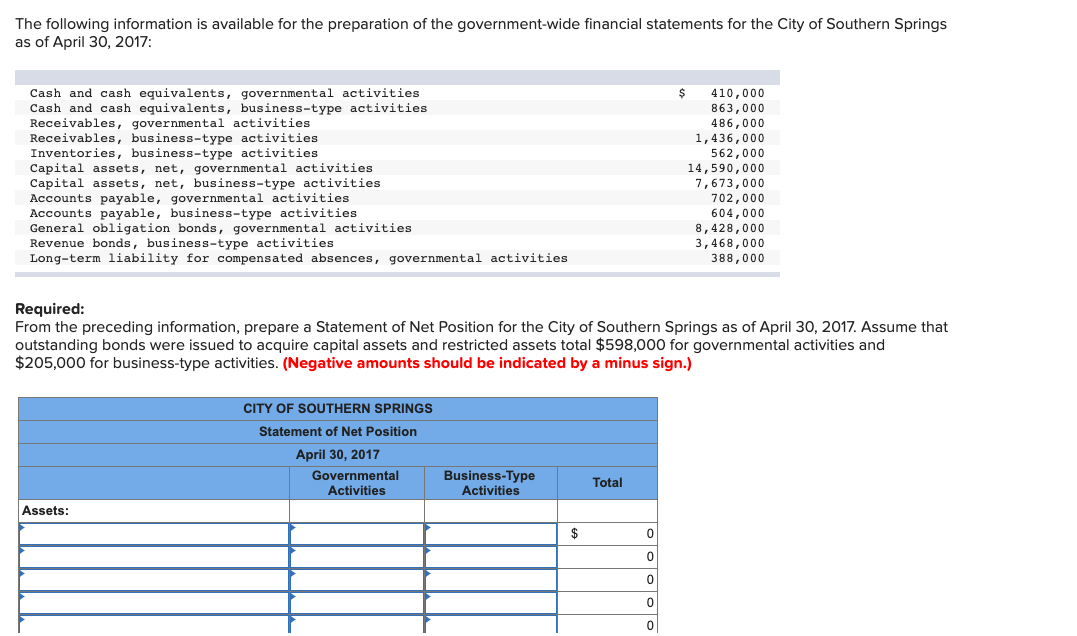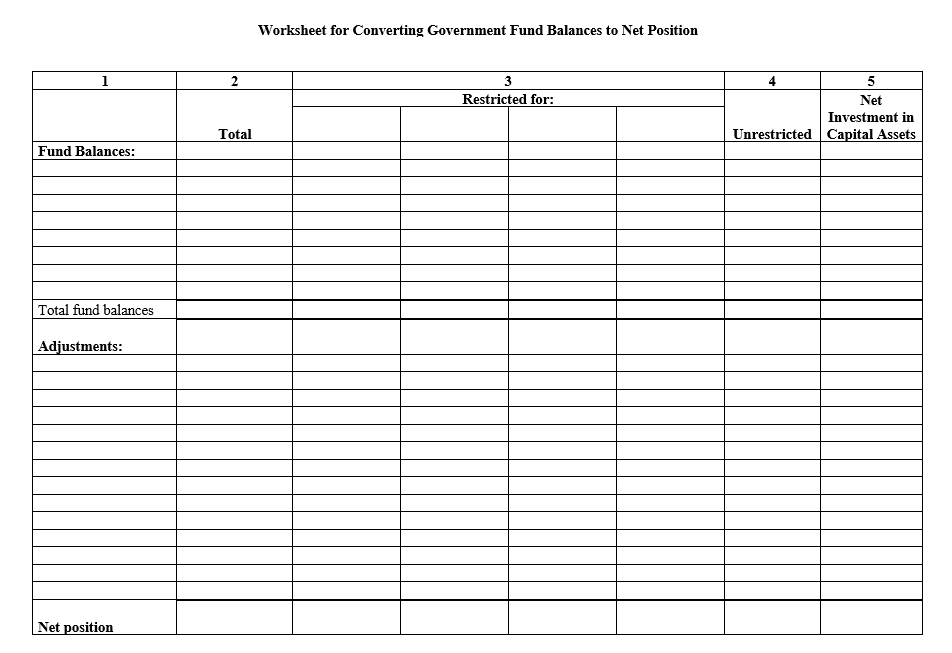
This category often includes revenue from membership fees, service fees, and unrestricted donations. Effective management of unrestricted net assets is crucial for covering operational costs, such as salaries, utilities, and administrative expenses, ensuring the organization can function smoothly and respond to unforeseen challenges. Endowment funds represent a significant aspect of permanently restricted net assets. These funds are designed to provide a perpetual source of income for the nonprofit, with the principal amount remaining intact while the investment income is used for specific purposes. Managing endowment funds requires a strategic approach to investment, balancing the need for income generation with the preservation of the principal. Nonprofits often establish investment policies that outline their approach to asset allocation, risk management, and spending.
What Is the Difference Between Unrestricted Net Assets and Restricted Net Assets?
Financial reporting requirements for nonprofit organizations are designed to ensure transparency, accountability, and compliance with regulatory standards. These requirements are not just about adhering to legal mandates but also about building trust with donors, stakeholders, and the public. Accurate and comprehensive financial reporting provides a clear picture of an organization’s financial health and its ability to fulfill its mission. Also presented are sample note disclosures related to liquidity management and expenses (Exhibit 3). The liquidity management note will be new to most nonprofits and might require governing boards to adopt policies supporting these disclosures.
Statement of cash flows (Topic : Restricted cash
When a donor designates their gift to be used for a particular project or campaign, the nonprofit must honor that. Therefore, this organization must try to raise additional unrestricted funds in order to generate the funds necessary for their rent payment. A nonprofit organization receives restricted funds, which donors specify for limited uses. Unlike unrestricted funds, which the organization can use freely for any purpose, restricted funds must adhere to the donor’s specific conditions.
7 Donor-imposed restrictions
Restricted cash and investments held by securities firms and trading and clearing exchanges for regulatory purposes are common in the finance sector. An NFP shall recognize the expiration of a donor-imposed restriction on a contribution in the period in which the restriction expires. A restriction expires when the stipulated time has elapsed, when the stipulated purpose for which the resource was restricted has been fulfilled, or both. It’s important to recognize the value they can bring to your organization as well as how to react to these challenges so that you can effectively manage your nonprofit’s financial resources.
- The differences may seem like petty semantics, but each is based in a logical purpose.
- For example, a major donor might decide to give a gift of $650,000 to an organization but require the funds be placed in an endowment.
- One of the challenges of restricted funds is that they present another factor to take into account when making these allocations.
- Restricted funds are any donations made and earmarked for a specific purpose by the donor.
- This statement is designed to show organizations how they’re allocating their resources and how their use of funding helps advance the organization’s core initiatives.
These funds are often placed in endowments, where the principal amount remains intact, and only the investment income generated can be used for specific purposes. For example, a donor might establish a scholarship fund that requires the principal to be preserved, with the interest earned used to award scholarships annually. Managing permanently restricted net assets involves careful investment strategies to ensure the principal’s preservation while generating sufficient income to meet the donor’s objectives. This type of asset requires meticulous record-keeping and transparent reporting to demonstrate adherence to the donor’s long-term vision. Unrestricted net assets are funds that a nonprofit can use at its discretion to support its general operations and any other activities that align with its mission. These assets are not bound by donor-imposed restrictions, providing the organization with the flexibility to allocate resources where they are most needed.
Your nonprofit’s statement of activities shows how different revenues and expenses are categorized by your organization. Then, it’s further divided into three columns—unrestricted, temporarily restricted, and total funds. Meanwhile, temporarily restricted funds are bound either by a time limit or a specific purpose. Once the purpose is fulfilled or the time expires, these funds are released from restriction and placed in the unrestricted funding category.

For example, a major donor might decide to give a gift of $650,000 to an organization but require the funds be placed in an endowment. That donor may further restrict the interest made off of the contribution and require it to be used for a scholarship program. Employers use restricted stocks to provide an incentive to employees to remain in their jobs and to work to better the company’s stock price by giving them shares in the business. In addition, restricted stocks are taxed as ordinary income in the year they vest.
This act provides guidelines for the investment and expenditure of endowment funds, emphasizing the need for prudence and care in managing these assets. Nonprofits must also provide detailed disclosures about their endowment funds in their financial statements, including information about the composition of the funds, investment strategies, and spending policies. These disclosures help stakeholders understand how the organization is managing its long-term financial resources to support its mission.
Nonprofit organizations play a crucial role in addressing societal needs, often relying on donations and grants to fund their activities. Effective financial management is essential for these entities to maintain trust with donors and ensure long-term sustainability. One key aspect of this financial stewardship involves managing restricted net assets. Permanently restricted assets are funds of a nonprofit organization that must be used in designated ways and whose principal cannot be touched. The income that the principal amount earns goes toward funding the stated wishes of the donor(s). Donations of such assets are not uncommon, as individuals, groups or organizations making the donations may have certain preferences as to how the assets donated are used by the nonprofit entity.
When nonprofits write grant proposals, they should be specific when describing how the funds will help the organization and appeal to the grantor’s guidelines. These are the donations and contributions made to organizations without any earmarked direction. The organization can choose what their greatest need is for those funds, and allocate them as they see fit. That’s why it’s so important to understand restricted funds and the part they play in your organization’s budget. That way, you can make sure there is a balance between restricted and unrestricted funding, allowing your organization to prepare adequately and prevent misallocation of funding.
Another key difference is the limitations non-profits have in deploying their assets compared to a for-profit company. Most non-profits rely heavily on donations or have strict requirements for how it can use its resources to achieve its stated mission. As a result, within the net assets section of the statement of financial position there are specific accounts what are restricted assets that reconcile the varying degrees to which the non-profit can use its money. Specifically, there are the unrestricted net assets and two types of restricted net assets. The third type, permanently restricted assets, are usually related to a particularly large donation, the donor of which a majority of the time will specify the purpose of the money.
